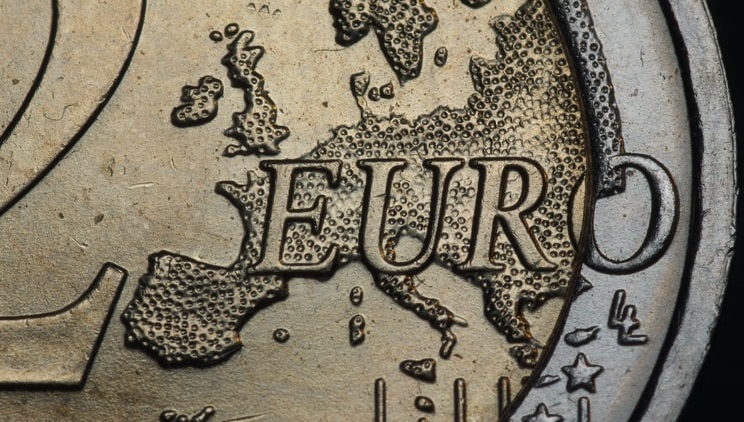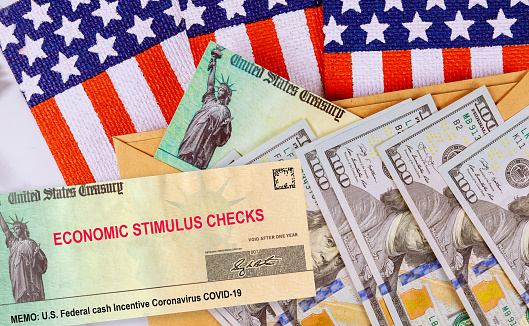Market Update
Thursday is shaping up to be another ugly one for the US dollar; the DXY is again on the back foot and is now trading just above the 91.50 mark, a sharp reversal from 92.50 highs set earlier in the week. Falling US government bond yields, which are down again this morning (the 10-year yield is down about 2bps and testing the 1.50% level, having been above 1.60% as recently as Tuesday) seem to be the main driver of the move – bond yields have been on the back foot since yesterday’s softer than expected US February Consumer Price Inflation report.
A softer US dollar and lower bond yields have created a favourable environment for risk assets and, as such, US equity index futures trade higher with Tech leading the gains (S&P 500 futures up 0.7%, Dow futures up 0.3% and Nasdaq 100 futures up 1.9%). US equities are outperforming their European counterparts this morning (Stoxx 600 +0.4%, Dax +0.2% and FTSE 100 flat); admittedly, European equities have risen from lows in wake of a more dovish than expected ECB rate decision, but some market commentators suggest European underperformance could reflect optimism in American markets about Congress approving Biden’s $1.9T stimulus package yesterday.
Note that US equities might be primed for further outperformance amid increased chatter about the Biden administration’s “recovery” package, which will be aimed at investing in the country’s infrastructure; according to the Washington Post, Biden’s “recovery” package, which he will speak about on Friday, may be a package of “China” related measures (i.e. to address competitiveness with China) and could include action on semiconductors, supply chains, US manufacturing and 5G. According to the report, the timing of such a bill remains unclear. Separately, Fox Business News reporter Charlie Gasparino tweeted yesterday that Biden’s “recovery” package could be worth as much as $2.5T over the next 4 years and could include some public-private partnerships that would aim to leverage government spending. Gasparino suggested that further details could start to leak in the coming days. Reports this morning from a House source suggested negotiations over the bill could start with a price tag of $1.5T, although this would just be a “starting point”.


Meanwhile, US/China relations are back on investors’ radars; top US and Chinese officials will be meeting for a two-day summit starting on the 18th of March (next Thursday), marking the first meeting between senior officials of each country since the Biden administration took office in January. The meeting will set the tone for US/China relations for the Biden administration’s first four years.
Looking at other asset classes; crude oil markets trade with a positive bias and WTI has managed to reclaim the $65.00 handle (up about 1% on the day) and industrial metals are for the most part higher, boosted amid the market’s relatively risk on mood. Meanwhile, a softer USD and lower bond yields is giving precious metals some respite; spot gold (XAUUSD) has climbed into the $1730s and spot silver (XAGUSD) trades comfortably above the $26.00 level.
G10 FX
The main event of the session so far was the release of the ECB’s latest monetary policy decision just now at 1245GMT/0745EDT. As expected, the bank left its monetary policy setting unchanged, maintaining its deposit rate at -0.5% and the PEPP envelope at EUR 1.85T. However, the ECB judged that based on a joint assessment of financing conditions and the inflation outlook, purchases under the PEPP over next quarter will be conducted at a significantly higher pace than during first months of this year.
In some, the ECB has signalled that it is going to increase the rate at which it buys bonds in order to prevent European government bond yields from substantially rising – this is dovish and seemed to over-deliver on market expectations, hence why the euro fell in the immediate aftermath of the decision; EURUSD, which had been trading in the 1/1960s, saw some kneejerk losses to drop as low as 1.1940, but seems to be stabilising around the 1.1950 level.
Looking elsewhere in G10 FX markets; CHF is one of the best performing currencies despite the relatively risk on market tone that has seen other safe-haven currencies including USD and JPY underperform – market commentators attribute this morning’s outperformance to upgraded inflation forecasts from the Swiss Government.
Risk sensitive AUD and NZD are unsurprisingly the next best performers, gaining in tandem with equities and commodities and perhaps also deriving some support amid hopes that next week’s US/China meeting might result in some de-escalation of current tensions. AUDUSD has reclaimed the 0.7750 mark, up from earlier week lows of closer to 0.7600, while NZDUSD rallied above 0.7200 this morning, having bounce at 0.7100 on Tuesday. The loonie is also doing well, with USDCAD falling back under 1.2600 this morning and now probing its way towards 1.2550 ahead of comments from BoC Deputy Governor Schembri who will give colour on yesterday’s monetary policy decision.
GBP is more subdued, up a more modest 0.2% on the day versus the USD (compared to AUD, NZD and CAD, all of which are up more than 0.3% on the day versus the buck). For now, GBPUSD is trading around the 1.3950 mark, having risen from overnight levels of closer to 1.3920. UK RICS Housing survey data for the month of February was decent, with the headline index coming in at 52 versus expectations of a drop from 49 to 45. But there have also been some negative Brexit related reports from the FT and Guardian who claim that over a third of UK manufacturers have lost revenue since the country left the EU, while 74% of businesses are reportedly facing delays with exports and imports, according to a survey.
Day Ahead
In terms of the day ahead, there will be a lot of activity at 1330GMT/0830EDT with 1) the release of weekly US Jobless Claims data (Initial Jobless Claims are expected to come in at 725K), 2) the start of ECB President Lagarde press conference and 3) the release of OPEC’s monthly oil market report, slated for release at 1330GMT/0830EDT. Note that the US Energy Information Agency (EIA) monthly oil market report released earlier in the week revised lower oil demand growth forecasts for 2021, something which weighed on crude prices at the time.
Attention will then turn to US JOLTs Job Openings data for January at 1500GMT/1000EDT, a chunky $24B auction for 30-year US government bonds at 1800GMT/1300EDT and then comments from BoC’s Schembri at 1830GMT/1330EDT.




